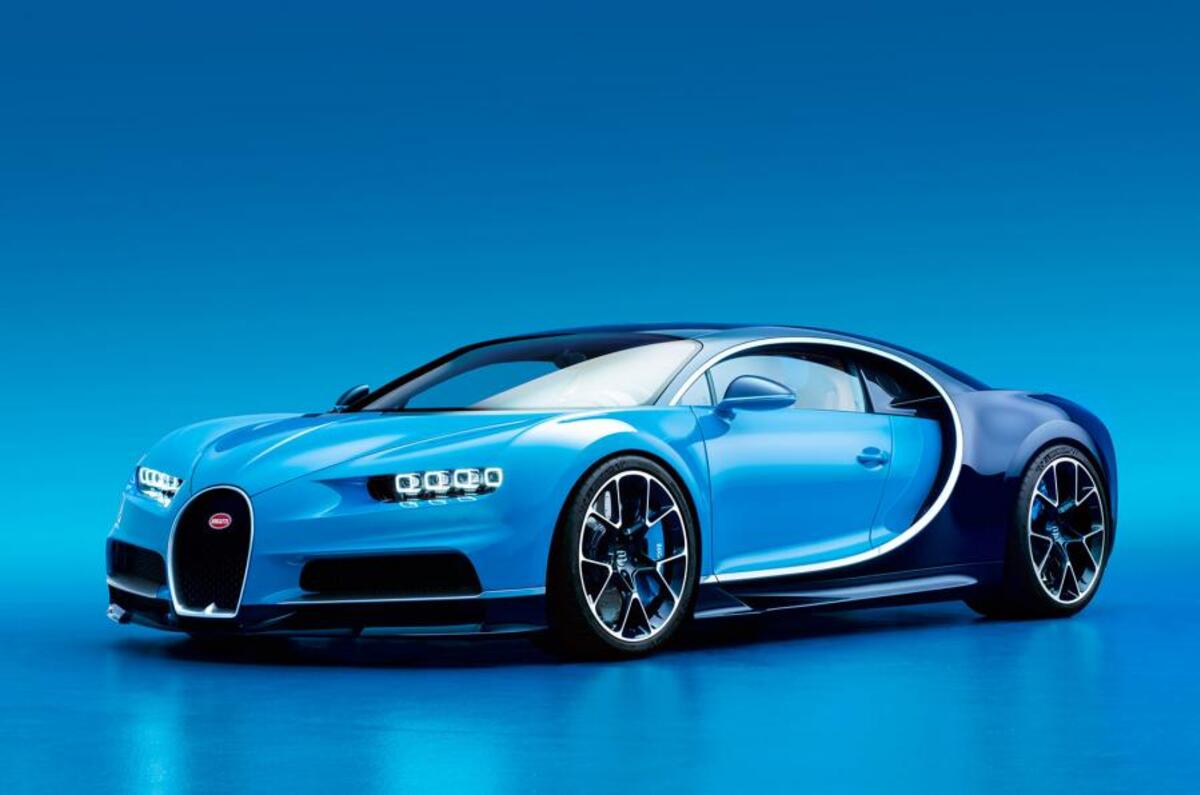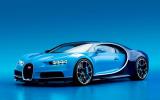It would be hard indeed to find two more disparate interpretations of the sports car art anywhere in the world, let alone being unveiled under the same roof on the same day by the same company but that, whether by accident or design is precisely what Volkswagen subsiduaries Porsche and Bugatti have achieved.
In the one corner sits the new 911 R which, put another way, is Porsche sending a message in letters ten feet tall that it is more committed then ever to the lightweight, simple, driver focused machines upon which it was made. In the other there is the Bugatti Chiron billed by its creators as "the most powerful, fastest, most luxurious and most exclusive production super sports car in the world".
Read our full Porsche 911 R review here
Read all about the Bugatti Chiron here
As you may have read it has 1479bhp or, put another way, precisely three times the power of the 911. It has a paddle shift gearbox, four-wheel drive, 16 cylinders, four turbos and weighs a couple of bags of sugar less than two tonnes.
Final details of the 911 R are not available as I write but I think it safe to say there are cars out there you could strap to its roof and, together, not reach the weight of the Chiron. It will cost less than one tenth of the money, have ten fewer cylinders, four fewer turbos (ie none), two fewer drive shafts but, crucially, one more pedal in the driver’s footwell.
So you tell me which is likely to be more fun to drive. I don’t care how much power a car has, how many driven wheels, and what technical wizardry has been wrought, weight is weight and there’s no getting around it. Staggeringly the top speed of the Chiron when left to run unlimited is likely to be in then order of 100mph faster than that of the 911 R, a performance potential as impressive on paper as it is almost entirely unusable in reality.
Not that this will bother the steady stream of plutocrats already queuing to bag one of 500 Bugatti will build. They just want a car that does things no other car has done before and the fact that the ability of entirely academic interest will worry them not at all.
But to me the interest in such a car is not what it will do so much as how it has been persuaded to do it. For instance the technology that allows an engine to swallow 60,000 litres of air per minute at full chat is simply beyond what I can imagine. And I love the idea that a car that, if my calculations are correct, would run to 287mph if left to its own devices, is also going to be spacious, comfortable and quiet on a long run.










Join the debate
Add your comment
Willy-waving.
Numbers...